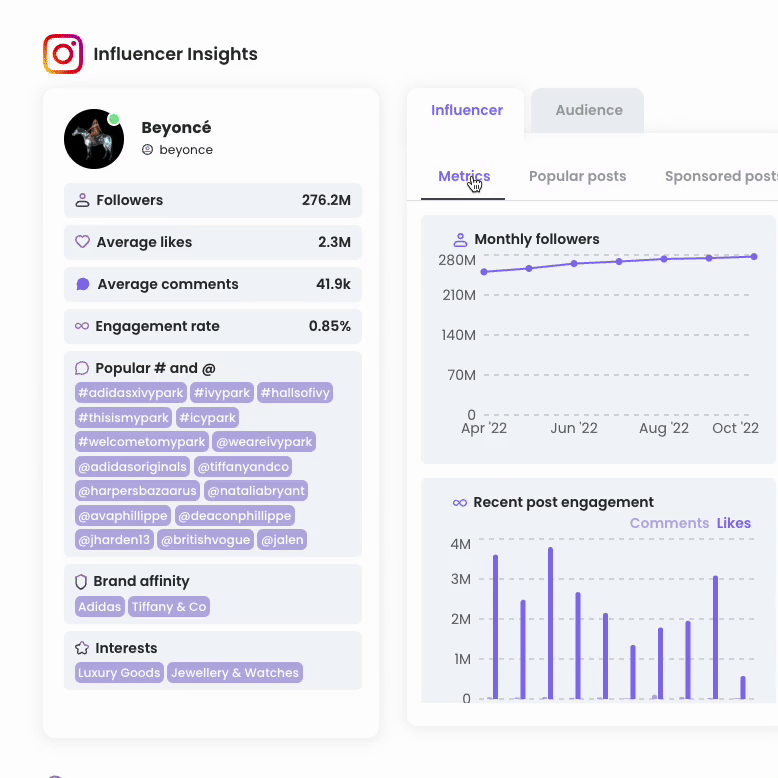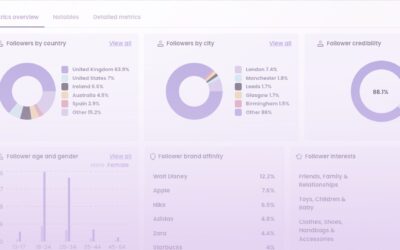The last step in any influencer marketing campaign should be measuring the ROI of your influencer collaborations: that helps you to decide which influencers to use in your future campaigns and what the budget for your next campaign should be. Let’s dive into how to measure influencer marketing ROI!
P.S. Before you start, make sure you have Google Analytics installed – without it, it’s impossible to measure success of any marketing efforts.
Understanding influencer marketing ROI
The first thing to decide when measuring influencer marketing success is defining the key metrics. Are you trying to increase brand awareness, strengthen your brand, or increase your sales revenue?
In this article, we’re focusing on direct return on investment in your influencer marketing within a determined timeframe. That helps you to figure out if the money, time, and effort you put into working with influencers on social media is paying off in terms of tangible benefits, such as sales revenue.
By calculating the ROI, you can determine the effectiveness of your influencer campaigns and make informed decisions about where to allocate your resources in the future.
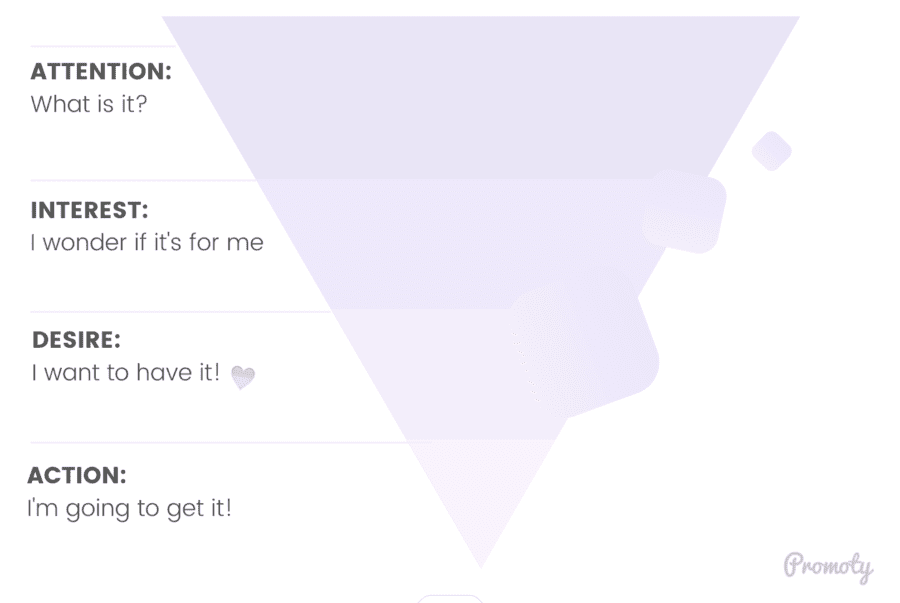
2 ways to measure influencer marketing ROI
In general, there are 2 ways to measure sales from influencer collaborations: trackable links and personal discount codes. Let’s review the pros and cons of both solutions!
1. Using trackable and affiliate links
In autumn 2021, Instagram launched story links for all the users – which means that all the influencers can now easily direct their followers to brands’ websites or online stores!
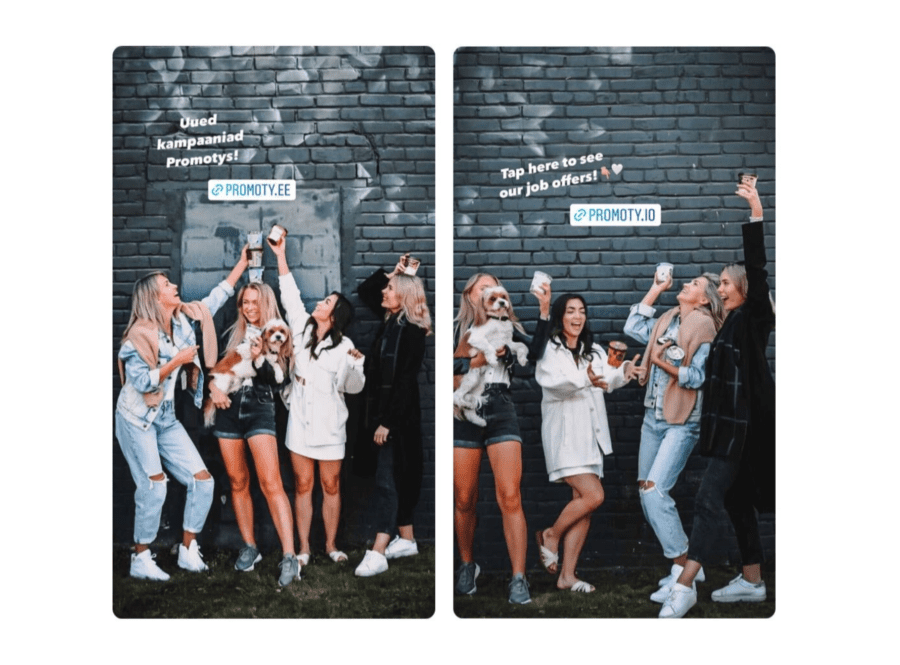
Using UTM tags to track sales and revenue
The easiest way to make your links trackable is UTM tags. It basically means adding certain keywords to an URL before sharing it – and as a result, you’ll see on Google Analytics exactly which collaborations brought you the most traffic and what was the quality of that traffic.
Fortunately, you don’t have to code anything here: you can use the UTM Tag Builder to easily create tagged URLs that help you see the results per every channel, marketing campaign, and collaboration in Google Analytics. Here are the UTM parameters that you can use:
• website URL – the address where you want the influencer to direct traffic, such as your brand’s online store or product page;
• campaign source – channel of the collaboration, such as Instagram;
• campaign medium – the placement of the campaign, such as paidsocial;
• campaign name – the name of your campaign, such as Product_launch or Summer_sale;
• campaign content – you can use the influencer’s username here to distinguish between different collaborations;
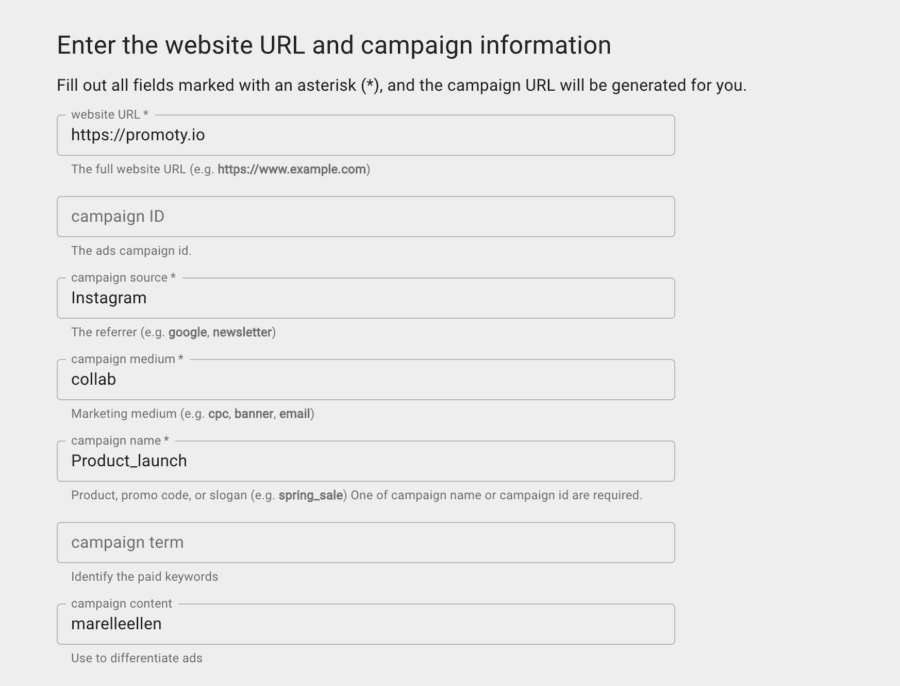
The final URL looks a little clumsy – but if the influencer adds it to the story, only the main domain will be shown (in our case: promoty.io). Additionally, the text on the link can be customized.
The charm of the UTM tags is that you can see the results on Google Analytics – users, new users, average time spent on the page, number of pages visited, purchases, and revenue – divided by Sources (Acquisition > All traffic > Source / Medium) or Campaigns (Acquisition > Campaigns).
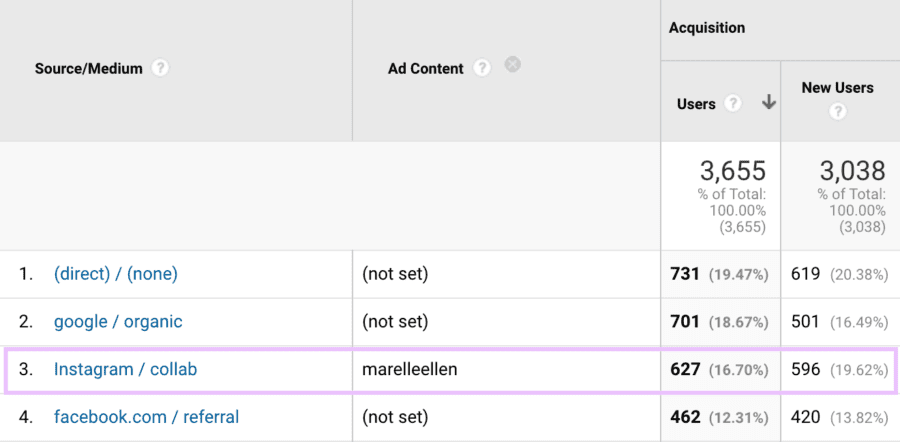
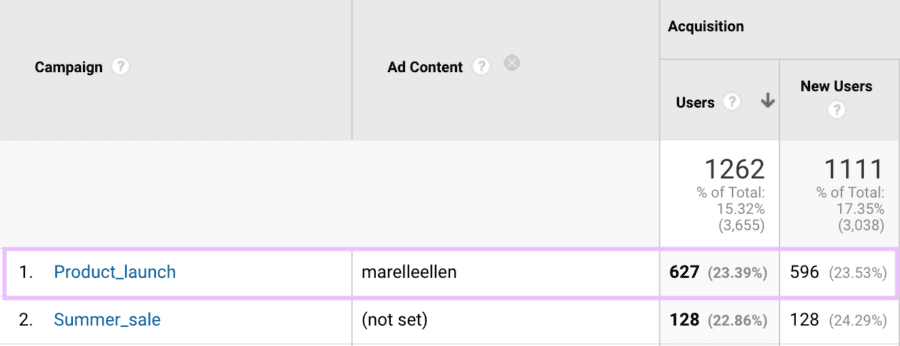
2. Using personal promo codes and coupon codes to measure ROI
If your e-commerce platform allows it, one of the easiest ways is to create a unique discount code for the influencer. The greater the discount you can offer – even in the short term – the more the influencers are motivated to share it! It’s a value for their followers, after all.
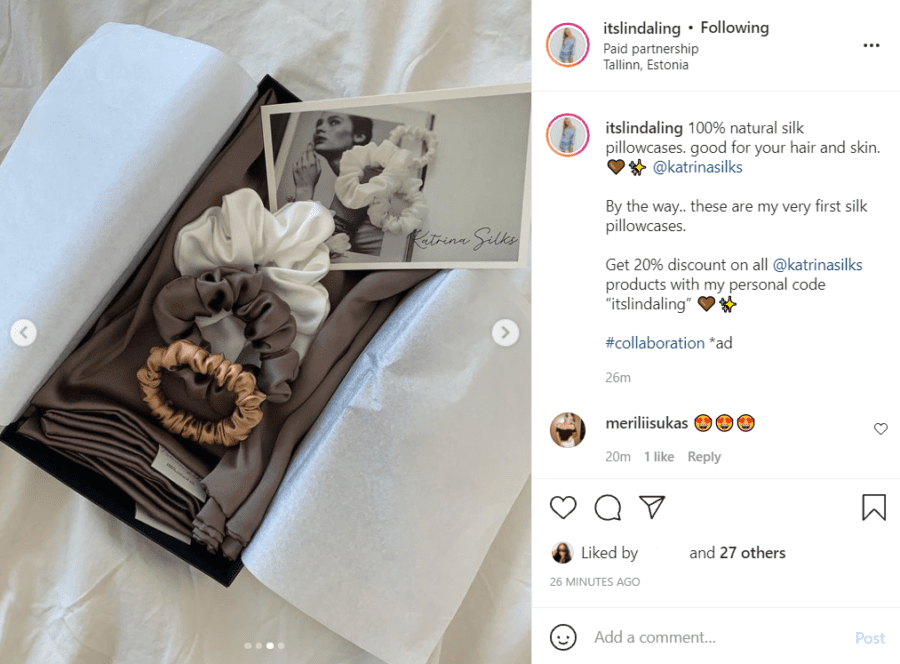
Linda Ling (@itslindaling) x Katrina Silks collaboration
On TikTok, many brands and influencers prefer using promo codes as there are no clickable links in TikTok videos. However, if you prefer trackable links or affiliate links, you can ask the influencer to add the link in the bio – just like in the good old times on Instagram. 🤍
In case you don’t have an online store, the impact of influencer marketing is much more difficult to measure. In that case, the brand has no other way to compare the sales results of the period with the influencer marketing campaign period to see if there is any correlation.
How to calculate the ROI of influencer marketing campaigns?
If you know the total sales results of your influencer marketing campaign, you can also calculate ROI – the return on investment. For this, you need to subtract the influencer cost from the generated profit, and then divide this new number by the cost of the investment.
Influencer ROI = (generated profit – influencer marketing cost) / influencer marketing cost
How to organize your influencers based on their results?
Running influencer marketing campaigns on a scale is difficult to handle without proper software. This has given rise to IRMs – influencer relationship management tools – that allow companies to manage all their creators, and collaborations, and monitor branded content in one place.
Promoty is one of them: it’s an influencer management platform that allows you to add Instagram, TikTok, and YouTube creators, organize them by boards and columns, add notes and labels to every profile, and much more.
This way, you could save time on influencer marketing while building strong relationships with them. Here’s a short video on how it works! 👇🏼
